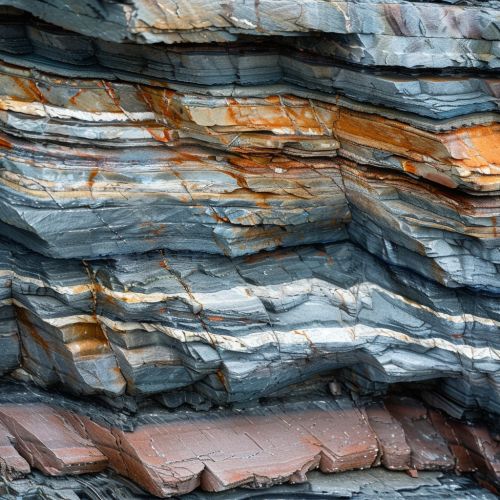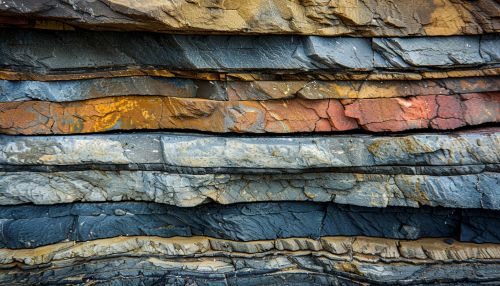Sedimentation
Introduction
Sedimentation is a geological process in which particulate matter, often transported by fluid flow such as wind, water, or ice, is deposited and accumulates in layers over time. This process plays a crucial role in shaping the Earth's surface and is a key factor in the formation of sedimentary rocks.
Process of Sedimentation
Sedimentation occurs in a series of steps. Initially, the process begins with weathering, where rocks are broken down into smaller particles or sediments. This is followed by erosion, where these sediments are transported by natural forces such as wind, water, or ice. The sediments are then deposited in a new location, often in a body of water, where they settle and accumulate over time. This is known as deposition. Over long periods, these layers of sediment can harden and compact under pressure to form sedimentary rocks.


Types of Sedimentation
There are several types of sedimentation, each characterized by the type of sediment involved and the environment in which it occurs. These include:
Clastic Sedimentation
Clastic sedimentation involves the deposition of solid fragments of rock broken off by physical weathering. These fragments, known as clasts, can range in size from tiny clay particles to large boulders. The size, shape, and composition of the clasts can provide valuable information about the source rock and the conditions under which it was weathered and transported.
Chemical Sedimentation
Chemical sedimentation occurs when minerals precipitate out of a solution, often as a result of changes in temperature, pressure, or chemical composition. This type of sedimentation is common in bodies of water such as lakes and oceans, where dissolved minerals can precipitate to form layers of chemical sediment.
Biological Sedimentation
Biological sedimentation involves the accumulation of organic material, such as plant debris or animal remains. This type of sedimentation is common in environments such as swamps or bogs, where organic material can accumulate and be preserved in the sediment.
Factors Influencing Sedimentation
Several factors can influence the rate and nature of sedimentation. These include:
Climate
The climate of an area can have a significant impact on the rate of sedimentation. For example, in arid regions, wind erosion can transport large amounts of sediment, while in humid regions, water erosion is more prevalent.
Topography
The physical features of the land, such as mountains and valleys, can also influence sedimentation. Steep slopes can increase the rate of erosion and sediment transport, while flat areas are more likely to accumulate sediment.
Vegetation
Vegetation can help to stabilize the soil and reduce erosion. However, in areas where vegetation is sparse or absent, such as deserts, the soil is more susceptible to erosion and sediment transport.
Sedimentation in Human Activities
Sedimentation also plays a significant role in various human activities. For example, in civil engineering, understanding sedimentation processes is crucial for the design and construction of structures such as dams and reservoirs. In environmental science, sedimentation rates can provide important information about changes in climate and land use over time.
